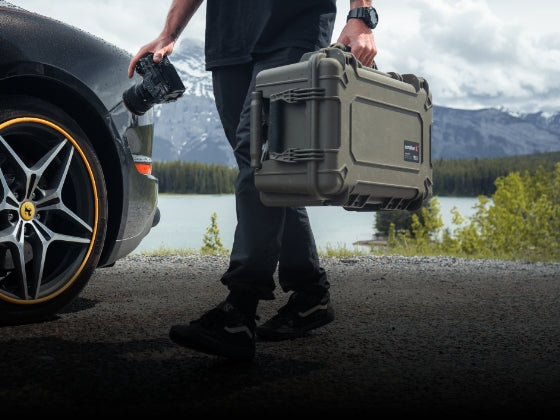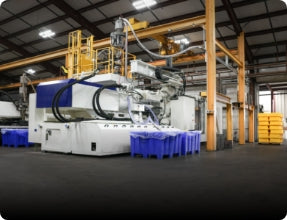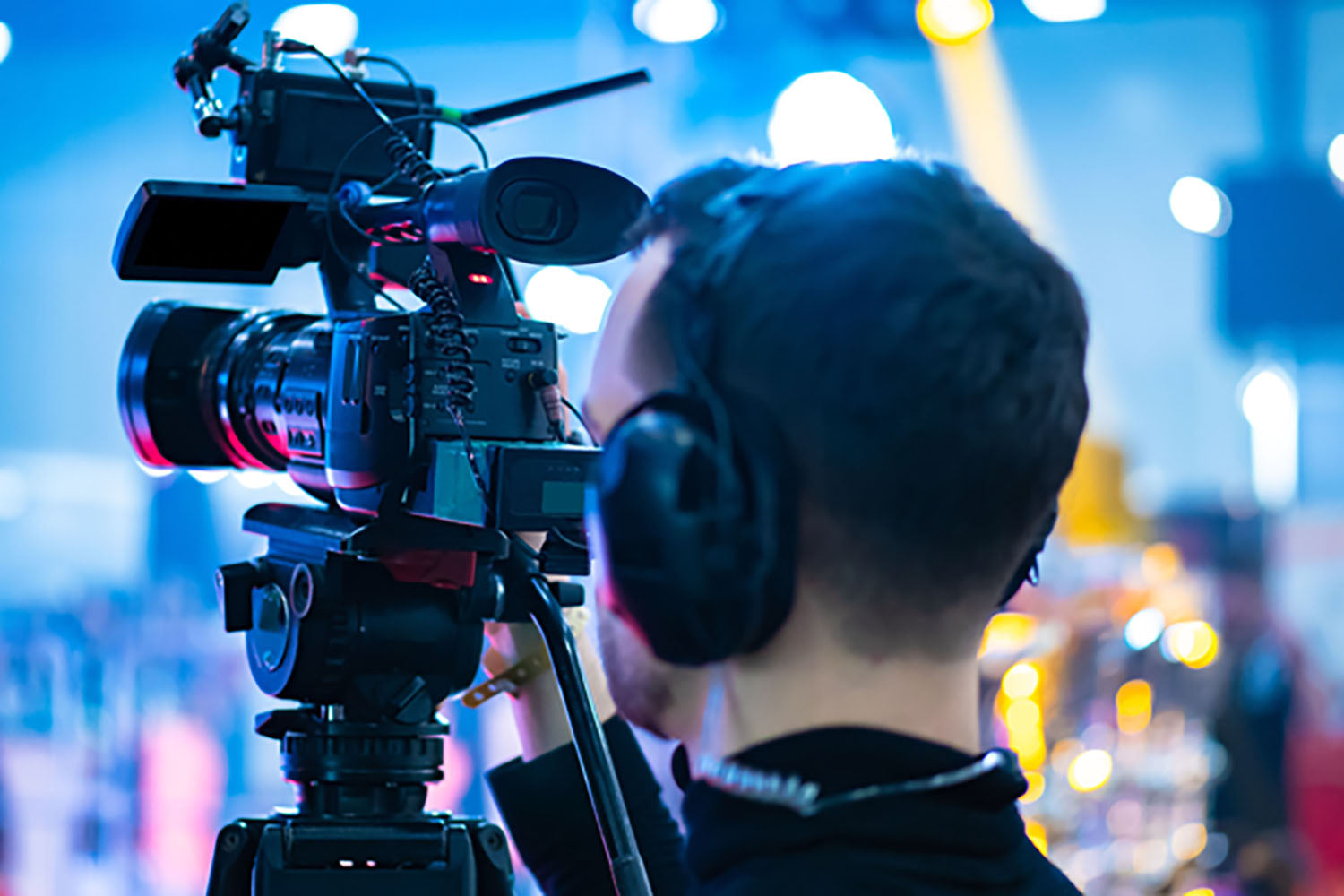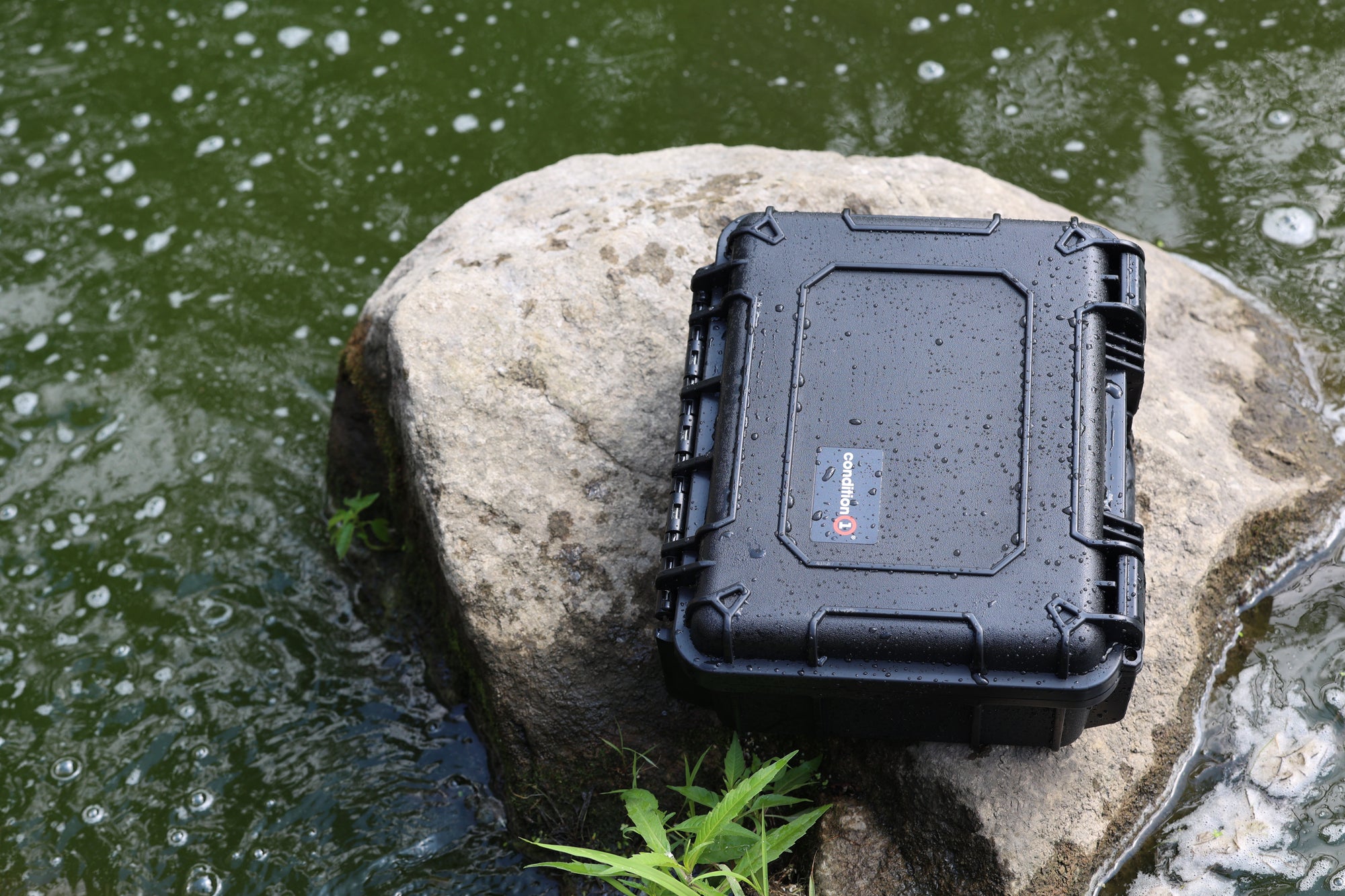
It is hard to take a quality photograph without having a Good comprehension of ISO, Shutter Speed, and Aperture – the Three pillars of Photography, also known as the Exposure Triangle. Completely understanding how ISO, shutter speed and aperture work jointly allows photographers to fully take control of the situation by manually controlling the camera. Knowing how to stability the position of the camera when needed, helps you to get the best out of your camera and push it to its limits to take the best photographs.
What is ISO Sensitivity?
ISO sensitivity calculates how your DSLR Camera detects light. Changing the ISO allows you to alter the sensitivity of the sensor on your camera. The higher the ISO number, the more sensitive to light the sensor in the camera is and is normally used in darker conditions to get faster shutter speeds. ISO values double with each increase in light sensitivity, so the lower your ISO value, the more detail you will get in your photograph. As a general rule, use a higher ISO value like 800 in a dark setting, and when you are outside on a bright sunny day, uses a lower setting like 100 or 200.
If you need a great hard case to protect your new camera equipment, you can find in our product collection here.
What is Shutter Speed?
Shutter speed calculates how long your camera shutter, and how long the digital sensor on your camera is exposed to light. Shutter speed is calculated in fractions of a second and the larger the number, the faster the shutter speeds and Vice versa. Faster shutter speeds (e.g. 1/2000 of a second) are generally used to freeze fast-moving subjects. Slower shutter speeds (e.g. 0.03333333333 of a second) are normally used in low light situations and deliver high detail and color. Each interim doubles the time the shutter speed is open for (e.g. from 0.001 of a second to 0.002 of a second to 0.004 of a second). Sunlight shots are best at around 1/125 of a second. To escape camera vibrate for any shutter speed slower than 1/60 of a second, think about using a tripod or relax your camera on a solid surface
What is Aperture?
Aperture controls the amount of light your DSLR camera allows into the exposure by calculating the lens whole width. This allows you to control the amount of light that is feeding into your photo. Aperture values are communicated in numbers called f/stops – the smaller the f/stop number means the more light that is coming into the camera.
A Good Start for a New Camera Owner.
These beginner topics are not difficult, but they can be confusing and hard to remember. The best advise we can give for new photographers is to spend time testing the settings and comparing that to the pictures you take.







